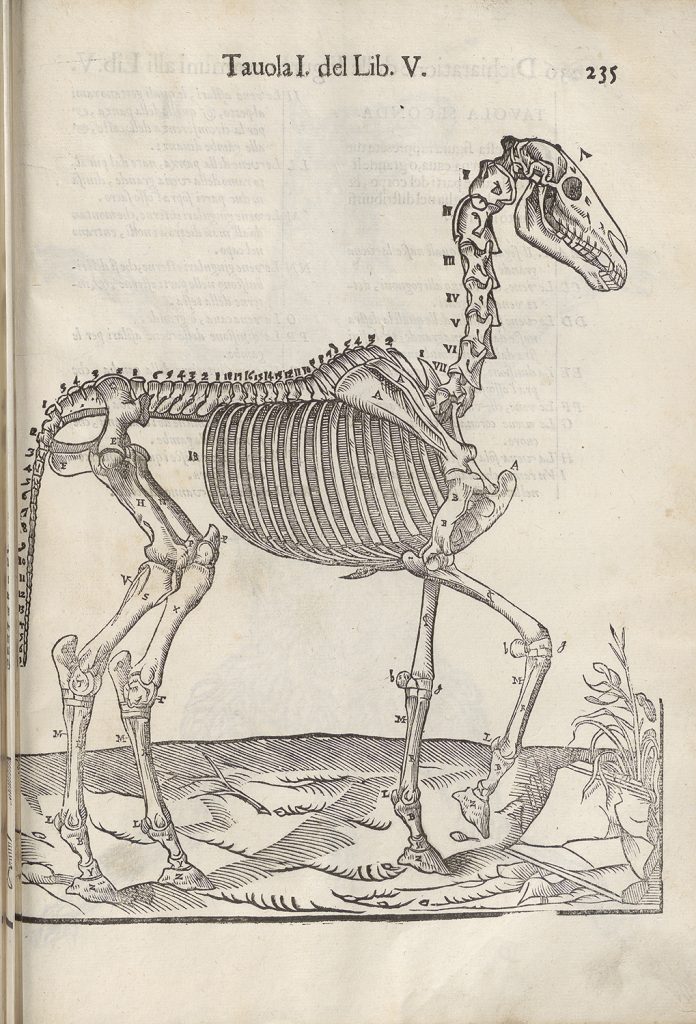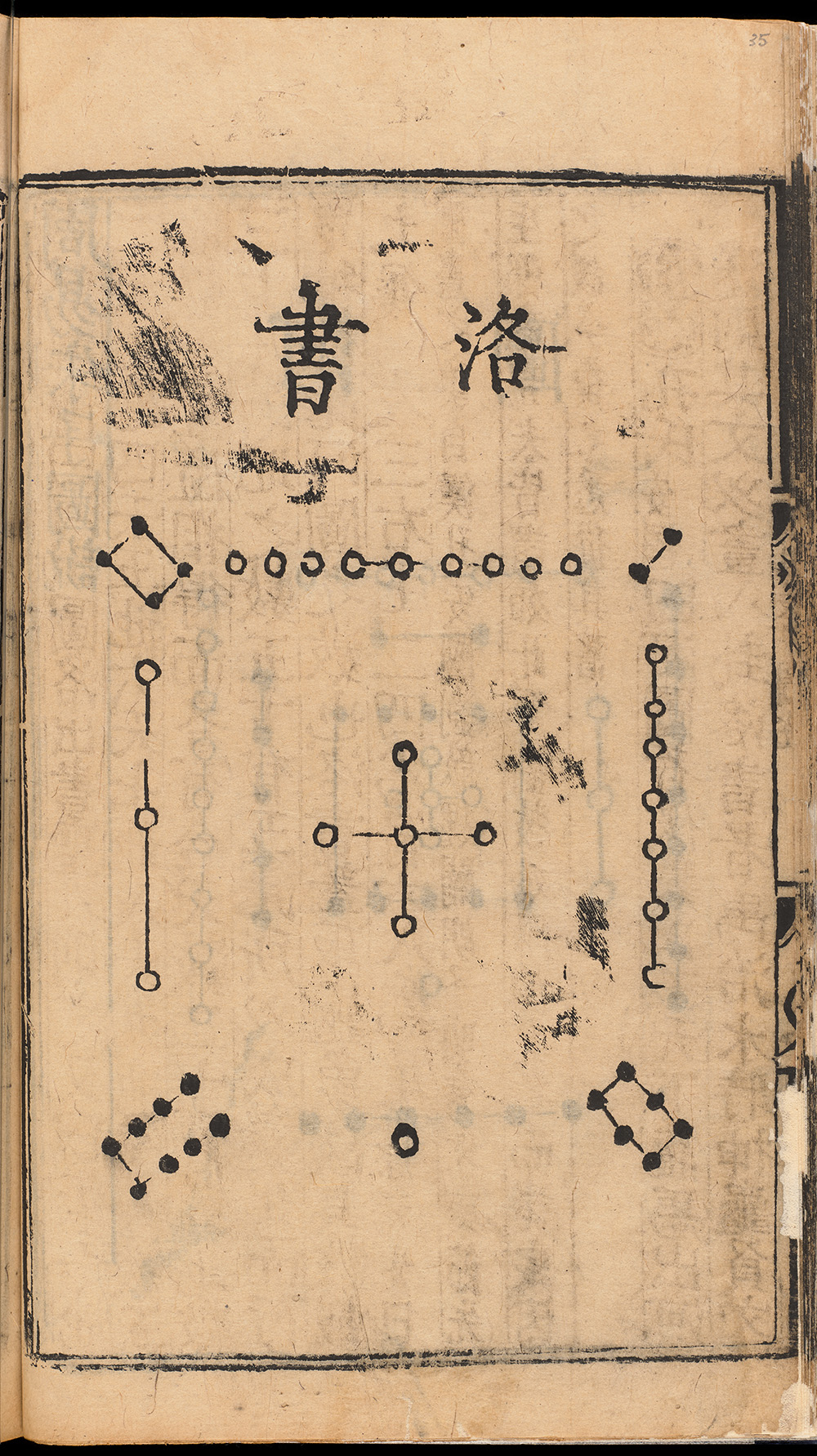
I was lucky enough to be involved in the Incunabula pilot project here in the Digital Imaging Unit. This project helped to create a digitisation workflow for Incunabula collection items using the i2S CopiBook v-shape scanner. These bound volumes are printed using a variety of early printing methods including wood block printing resulting in beautifully crafted and illustrated objects. This project afforded an opportunity to get up close and personal with these beautiful and often entertaining treasures, that were quite literally being brought into the light through the capture of images.
 We are now well in the midst of the Scottish Court of Session Papers Phase 2 Pilot. In this stage of the project, we are concentrating on digitising three hundred volumes from the collections of the three institutions involved; The Faculty of Advocates, The Signet Library and the Edinburgh University Library. Week seventeen has passed, workflows have been tinkered with, scanner issues are being ironed out and we are gradually seeing the fruits of our labour as fascinating and soon to be accessible digital content builds up. In this blog post, project staff Joanne and Daisy report back on some of the more interesting discoveries they’ve made within these volumes.
We are now well in the midst of the Scottish Court of Session Papers Phase 2 Pilot. In this stage of the project, we are concentrating on digitising three hundred volumes from the collections of the three institutions involved; The Faculty of Advocates, The Signet Library and the Edinburgh University Library. Week seventeen has passed, workflows have been tinkered with, scanner issues are being ironed out and we are gradually seeing the fruits of our labour as fascinating and soon to be accessible digital content builds up. In this blog post, project staff Joanne and Daisy report back on some of the more interesting discoveries they’ve made within these volumes.



 Just in time for the Chinese New Year we can announce that our copy of the Zhouyi zhuanyi Daquan is now available to view on our collections website –
Just in time for the Chinese New Year we can announce that our copy of the Zhouyi zhuanyi Daquan is now available to view on our collections website – 

